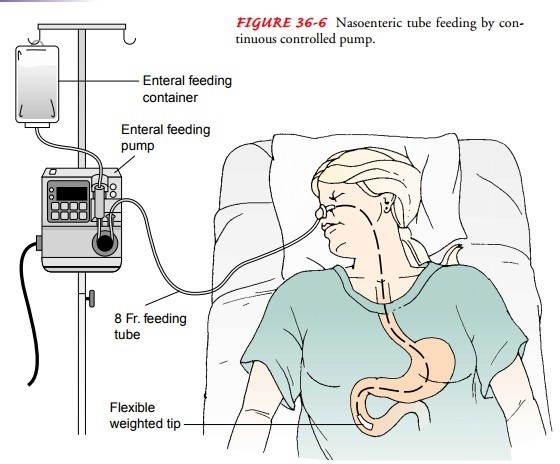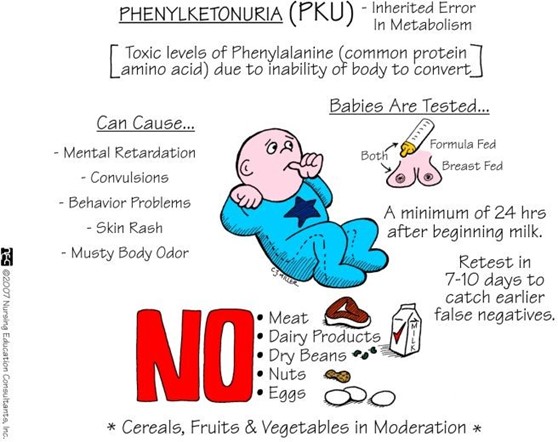A nurse is assessing an older adult client who has dysphagia and is experiencing dehydration. Which of the following findings should the nurse expect?
Tachycardia
Hypertension
Distended neck veins
Decreased respiratory rate
The Correct Answer is A
The expected finding in an older adult client with dysphagia and dehydration is tachycardia. Tachycardia, an increased heart rate, is a common finding in dehydration as the body tries to compensate for the decreased fluid volume.
The other choices (hypertension, distended neck veins, and decreased respiratory rate) are not typically associated with dehydration in this context.
here's an explanation of why these choices are incorrect:
1. Hypertension: Dehydration usually leads to a decrease in blood volume, resulting in low blood pressure rather than hypertension. Hypertension is not a typical finding in dehydration.
2. Distended neck veins: Dehydration causes a decrease in blood volume, which results in decreased venous return to the heart. Consequently, distended neck veins would not be an expected finding.
3. Decreased respiratory rate: Dehydration itself does not directly affect respiratory rate. However, severe dehydration can lead to electrolyte imbalances, such as hyponatremia (low sodium levels), which can affect brain function and potentially lead to changes in respiratory rate. However, decreased respiratory rate is not a common finding in dehydration alone.
It's important to remember that dehydration can have various signs and symptoms, including dry mucous membranes, decreased urine output, increased thirst, dry skin, dizziness, and confusion.
Nursing Test Bank
Naxlex Comprehensive Predictor Exams
Related Questions
Correct Answer is A
Explanation
Check for gastric residual: Gastric residual refers to the volume of formula or contents in the stomach before the next feeding. Checking for gastric residual helps determine if the client is tolerating the feeding properly. If the gastric residual is high, it may indicate delayed gastric emptying or intolerance to the feeding, which can lead to cramping and abdominal distention. The nurse can assess the gastric residual volume and consult with the healthcare provider to determine the appropriate course of action.
Apply low intermittent suction: Applying low intermittent suction is not typically indicated for a client receiving a continuous enteral tube feeding. Suction is more commonly used for clients who have an aspiration risk or need intermittent gastric decompression. In the given scenario, the client is experiencing cramping and abdominal distention, which may require a different approach.
Request a higher-fat formula: Requesting a higher-fat formula may not be the appropriate action at this time. High-fat formulas can contribute to gastrointestinal issues such as increased risk of diarrhea or malabsorption. It is important to assess the client's tolerance to the current formula before considering changes.
Increase the rate of the feeding: Increasing the rate of the feeding may worsen the client's symptoms. Rapid administration of enteral feedings can overwhelm the gastrointestinal system and lead to complications such as cramping, distention, and diarrhea. It is generally recommended to start at a low rate and gradually increase it based on the client's tolerance.

Correct Answer is B
Explanation
Phenylketonuria (PKU) is an inherited metabolic disorder in which the body cannot properly process an amino acid called phenylalanine. If left untreated, phenylalanine can build up to harmful levels in the body, leading to intellectual disability and other health problems. Managing PKU involves following a strict low-phenylalanine diet.
When discussing anticipatory guidance for a client with PKU who is planning a pregnancy, it is important to focus on monitoring the maternal phenylalanine levels during pregnancy. Serum bilirubin is not directly related to PKU management and would not require specific monitoring in this context.
Regarding the other options:
"Diet sodas should not be consumed more than two or three times per week": While it is generally advisable to limit the consumption of diet sodas due to their artificial sweeteners, this statement does not directly relate to PKU management or pregnancy planning.
"A low-protein diet should be followed for 3 months prior to conception": A low-protein diet is a fundamental aspect of managing PKU. However, the timeline mentioned (3 months prior to conception) is not supported by current guidelines. PKU management should be ongoing and tailored to the individual's needs, with dietary adjustments made as necessary throughout pregnancy.
"Breastfeeding will prevent your baby from developing PKU": This statement is incorrect. Breast milk naturally contains phenylalanine, which could be harmful to an infant with PKU. Infants with PKU must receive a specialized formula that is low in phenylalanine from birth. Breastfeeding is not recommended for infants with PKU unless specifically guided by a healthcare professional.

Whether you are a student looking to ace your exams or a practicing nurse seeking to enhance your expertise , our nursing education contents will empower you with the confidence and competence to make a difference in the lives of patients and become a respected leader in the healthcare field.
Visit Naxlex, invest in your future and unlock endless possibilities with our unparalleled nursing education contents today
Report Wrong Answer on the Current Question
Do you disagree with the answer? If yes, what is your expected answer? Explain.
Kindly be descriptive with the issue you are facing.
